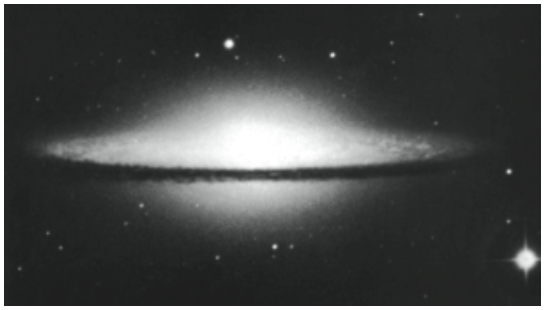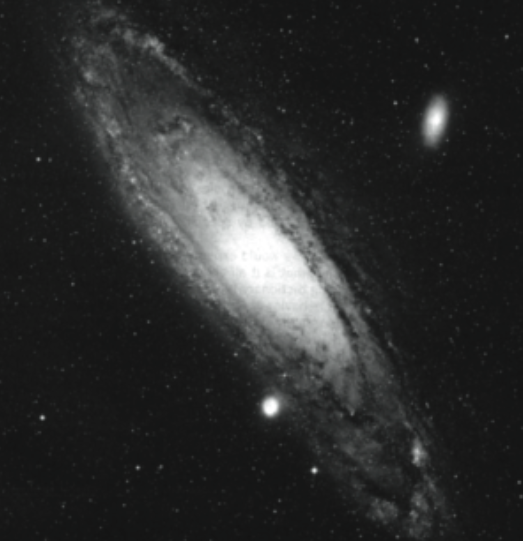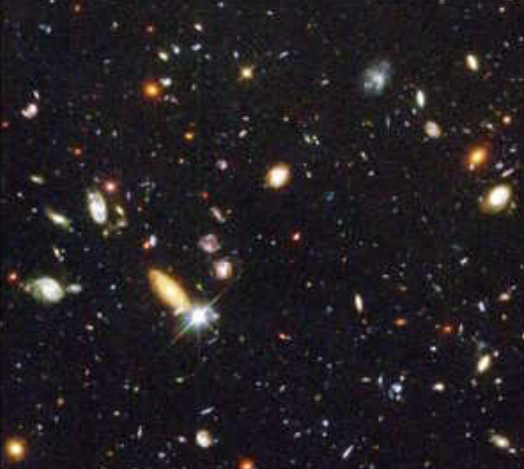
تاريخ الفيزياء

علماء الفيزياء


الفيزياء الكلاسيكية

الميكانيك

الديناميكا الحرارية


الكهربائية والمغناطيسية

الكهربائية

المغناطيسية

الكهرومغناطيسية


علم البصريات

تاريخ علم البصريات

الضوء

مواضيع عامة في علم البصريات

الصوت


الفيزياء الحديثة


النظرية النسبية

النظرية النسبية الخاصة

النظرية النسبية العامة

مواضيع عامة في النظرية النسبية

ميكانيكا الكم

الفيزياء الذرية

الفيزياء الجزيئية


الفيزياء النووية

مواضيع عامة في الفيزياء النووية

النشاط الاشعاعي


فيزياء الحالة الصلبة

الموصلات

أشباه الموصلات

العوازل

مواضيع عامة في الفيزياء الصلبة

فيزياء الجوامد


الليزر

أنواع الليزر

بعض تطبيقات الليزر

مواضيع عامة في الليزر


علم الفلك

تاريخ وعلماء علم الفلك

الثقوب السوداء


المجموعة الشمسية

الشمس

كوكب عطارد

كوكب الزهرة

كوكب الأرض

كوكب المريخ

كوكب المشتري

كوكب زحل

كوكب أورانوس

كوكب نبتون

كوكب بلوتو

القمر

كواكب ومواضيع اخرى

مواضيع عامة في علم الفلك

النجوم

البلازما

الألكترونيات

خواص المادة


الطاقة البديلة

الطاقة الشمسية

مواضيع عامة في الطاقة البديلة

المد والجزر

فيزياء الجسيمات


الفيزياء والعلوم الأخرى

الفيزياء الكيميائية

الفيزياء الرياضية

الفيزياء الحيوية

الفيزياء العامة


مواضيع عامة في الفيزياء

تجارب فيزيائية

مصطلحات وتعاريف فيزيائية

وحدات القياس الفيزيائية

طرائف الفيزياء

مواضيع اخرى
SPACE AND TIME
المؤلف:
E. R. Huggins
المصدر:
Physics 2000
الجزء والصفحة:
18
15-11-2020
1695
SPACE AND TIME
The images of nature we see are images in both space and time, for we have learned from the work of Einstein that the two cannot be separated. They are connected by the speed of light, a quantity we designate by the letter c, which has the value of a billion (1,000,000,000) feet (30 cm) in a second. Einstein’s remarkable discovery in 1905 was that the speed of light is an absolute speed limit. Nothing in the current universe can travel faster than the speed c.
Because the speed of light provides us with an absolute standard that can be measured accurately, we use the value of c to relate the definitions of time and distance. The meter is defined as the distance light travels in an interval of 1/299,792.458 of a second. The length of a second itself is provided by an atomic standard. It is the time interval occupied by 9,192,631,770 vibrations of a particular wavelength of light radiated by a cesium atom.
Using the speed of light for conversion, clocks often make good meter sticks, especially for measuring astronomical distances. It takes light 1.27 seconds to travel from the earth to the moon. We can thus say that the moon is 1.27 light seconds away. This is simpler than saying that the moon is 1,250,000,000 feet or 382,000 kilometers away. Light takes 8 minutes to reach us from the sun, thus the earth’s orbit about the sun has a radius of 8 light minutes. Radio signals, which also travel at the speed of light, took 2 1/2 hours to reach the earth when Voyager II passed the planet Uranus (temporarily the most distant planet). Thus Uranus is 2 1/2 light hours away and our solar system

Figure 1: The Sombrero galaxy.
has a diameter of 5 light hours (not including the cloud of comets that lie out beyond the planets.)
The closest star, Proxima Centauri, is 4.2 light years away. Light from this star, which started out when you entered college as a freshman, will arrive at the earth shortly after you graduate (assuming all goes well). Stars in our local area are typically 2 to 4 light years apart, except for the so called binary stars which are pairs of stars orbiting each other at distances as small as light days or light hours.
On a still larger scale, we find that stars form island structures called galaxies. We live in a fairly typical galaxy called the Milky Way. It is a flat disk of stars with a slight bulge at the center much like the Sombrero Galaxy seen edge on in Figure (1) and the neighboring spiral galaxy Andromeda seen in Figure (2). Our Milky Way is a spiral galaxy much like Andromeda, with the sun located about 2/3 of the way out in one of the spiral arms. If you look at the sky on a dark clear night you can see the band of stars that cross the sky called the Milky Way. Looking at these stars you are looking sideways through the disk of the Milky Way galaxy.

Figure 2: The Andromeda galaxy.
Our galaxy and the closest similar galaxy, Andromeda, are both about 100,000 light years (.1 million light years) in diameter, contain about a billion stars, and are about one million light years apart. These are more or less typical numbers for the average size, population and spacing of galaxies in the universe.
To look at the universe over still larger distances, first imagine that you are aboard a rocket leaving the earth at night. As you leave the launch pad, you see the individual lights around the launch pad and street lights in neighboring roads. Higher up you start to see the lights from the neighboring city. Still higher you see the lights from a number of cities and it becomes harder and harder to see individual street lights. A short while later all the bright spots you see are cities, and you can no longer see individual lights. At this altitude you count cities instead of light bulbs.
Similarly on our trip out to larger and larger distances in the universe, the bright spots are the galaxies for we can no longer see the individual stars inside. On distances ranging from millions up to billions of light years, we see galaxies populating the universe. On this scale they are small but not quite point like. Instruments like the Hubble telescope in space can view structure in the most distant galaxies, like those shown in Figure (3) .

Figure 3: Hubble photograph of the most distant galaxies.